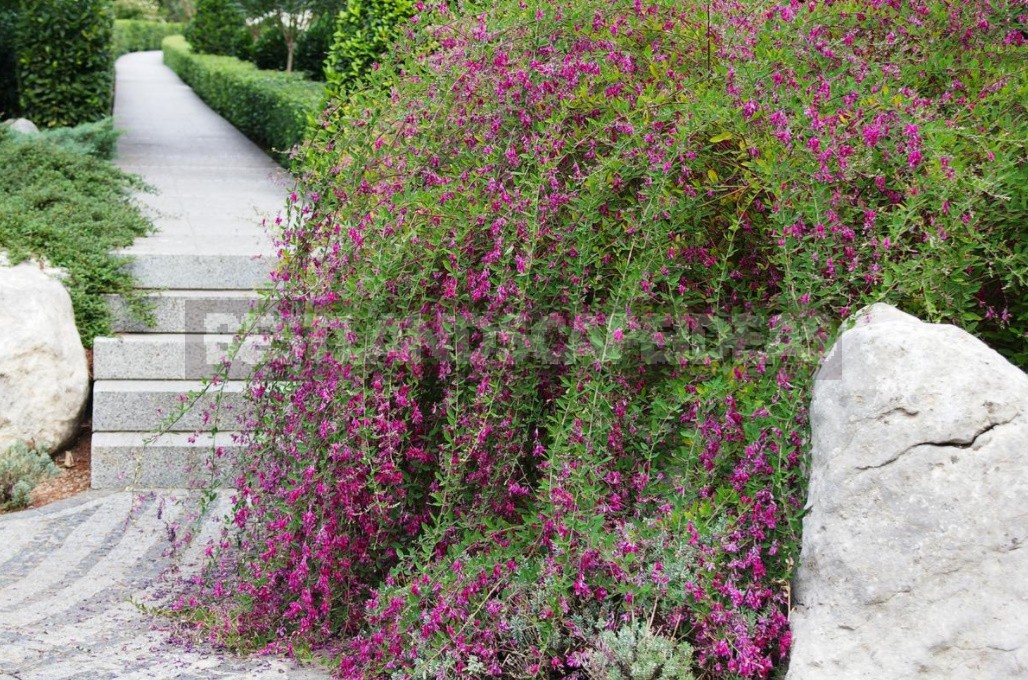
- What woody plants can become basket;
- Their role in landscaping;
- How to choose candidates for the role of basket wood;
- Main types and varieties of atypical basket;
- Euonymus;
- Euonymus Care Features;
- Jasminum;
- Features of jasmine care;
- Lonicera;
- Features of Lonicera care;
- Elaeagnus;
- Features of care for Elaeagnus pungens;
- Other plants with flowing branches;
Today we will talk about basket shrubs and perennial lianas, which are characterized by flexible, long drooping, often hanging shoots. As can be seen from the definition, this is a very conditional group that unites plants represented by various life forms. The demand for them has recently increased significantly, and we will try to find out why they are so attractive for modern summer residents.
What woody plants can become basket
First, let’s get acquainted with the main life forms of woody plants that are candidates for the role of basket. This:
- Lianoids are woody plants with a shortened main axial stem and shoots, which, if supported, turn into main shoots. As a result, broad-spreading shrubs can turn into powerful lianas. In addition, the lianoids also include prostrate creeping shrubs that do not have special formations for climbing on a support.
- Shrubs with arched shoots — Spiraea × vanhouttei, Lespedeza thunbergii and others.
- Perennial lianas. Among the representatives of this group are climbing and semi-climbing roses, Menispermum, Akebia quinata, Wisteria, Hedera and many others.
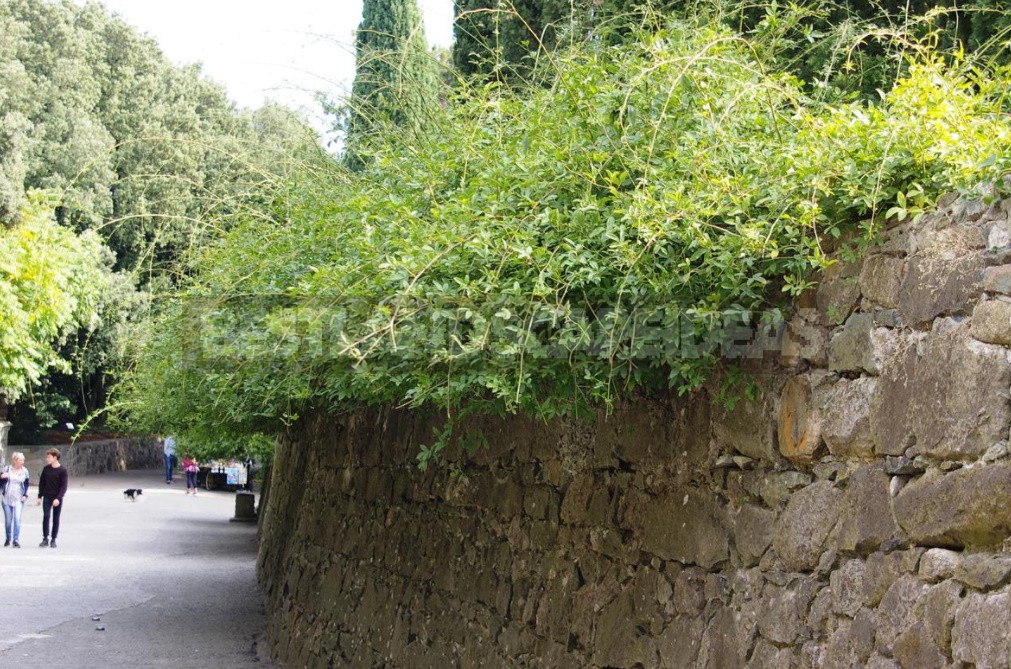
The need for basket woody plants, especially in the southern regions, is great. Durability, unpretentiousness and the ability to grow in a limited amount of soil substrate allow them to be successfully used not only on private plots, but also in urban landscaping.
Their role in landscaping
Based on the main elements of landscaping, in which such plants can take part, it is clear that they face difficult tasks. They can be used:
- in decorating the walls of various expositions,
- as an element of compositions in large stationary garden vases and tubs,
- as a stamp form obtained by grafting and shaping,
- for decorating large stones in rockeries, and so on.

And basket woody plants do a great job at any of these tasks, showing us their spartan character and endurance.
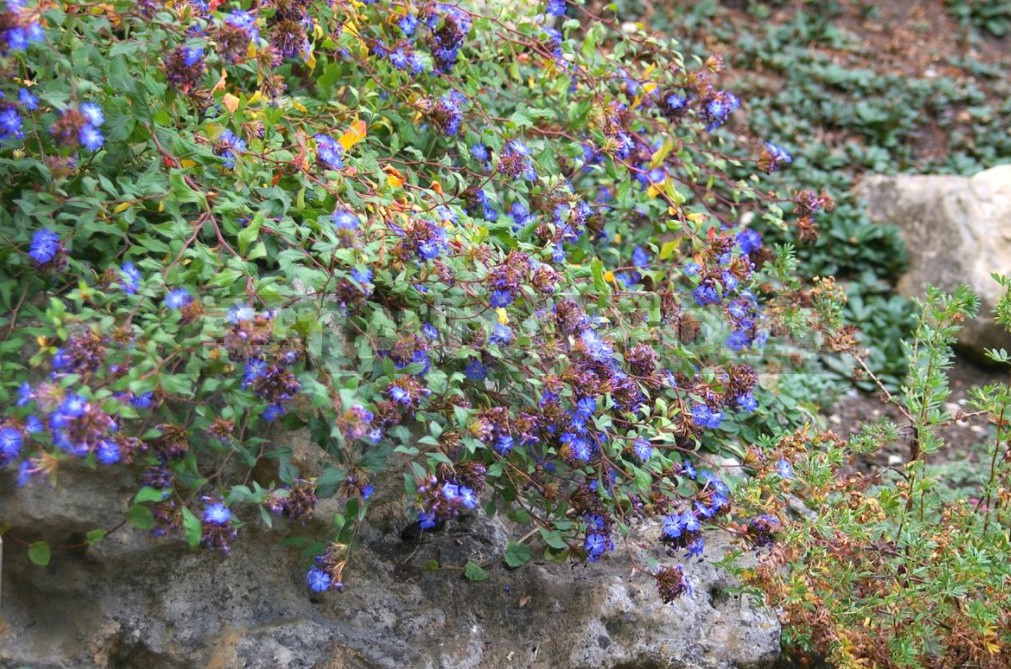
How to choose candidates for the role of basket wood
Many summer residents choose a plant solely by its appearance, forgetting about the main thing — about its requirements for growing conditions. In order not to repeat such a mistake, be sure to pay attention to the following characteristics of the applicant:
- in the presence of long drooping or arched shoots
- undemanding to soils,
- the ability to tolerate a limited amount of soil substrate,
- resistance to spring and summer burns,
- adaptation to overheating (especially important to consider these criteria for candidates for a landing at the walls and stones of the southern exposure),
- the resistance to wind (which at any time of the year can be quite wave shoots drooping),
- good crop tolerance and fast recovery from it,
- resistance to pests and diseases.
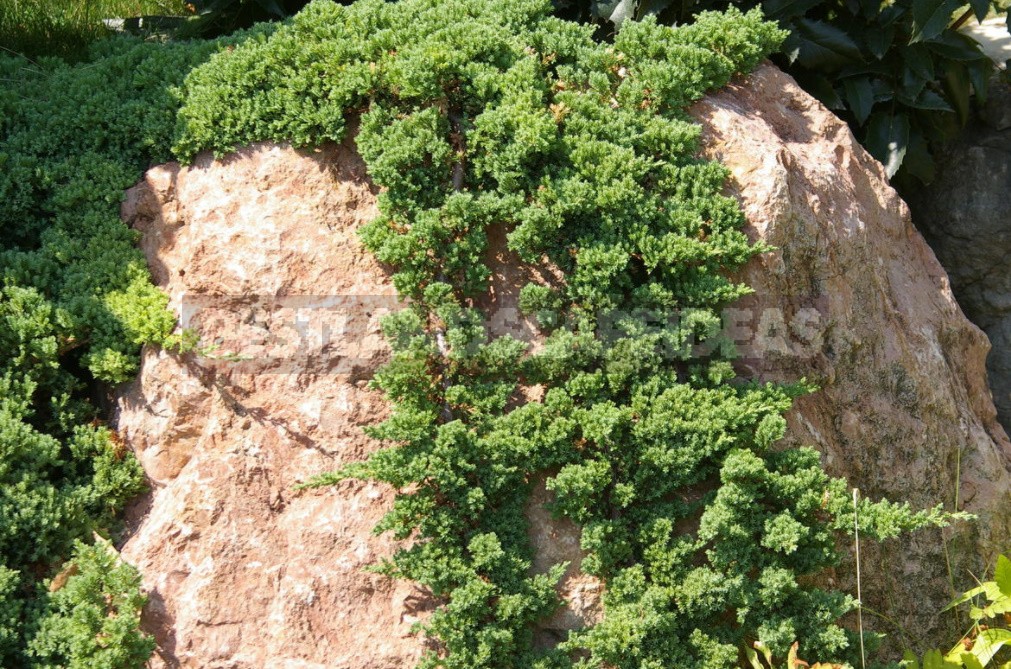
Main types and varieties of atypical basket
Despite the fact that most of the plants will be offered for southern dachas, clarification by USDA zones will allow you to navigate in terms of their frost resistance and the possibility of growing in a particular region. In addition, I really hope that the northern summer residents will respond in the comments and supplement the material with examples of their plants.
Euonymus
Euonymus fortunei is an evergreen uplifting shrub with thin liana-like shoots and oval-elongated soft, leathery leaves. The species is represented by various varieties, among which the most hardy ‘Coloratus’ (USDA zones — 4-9).
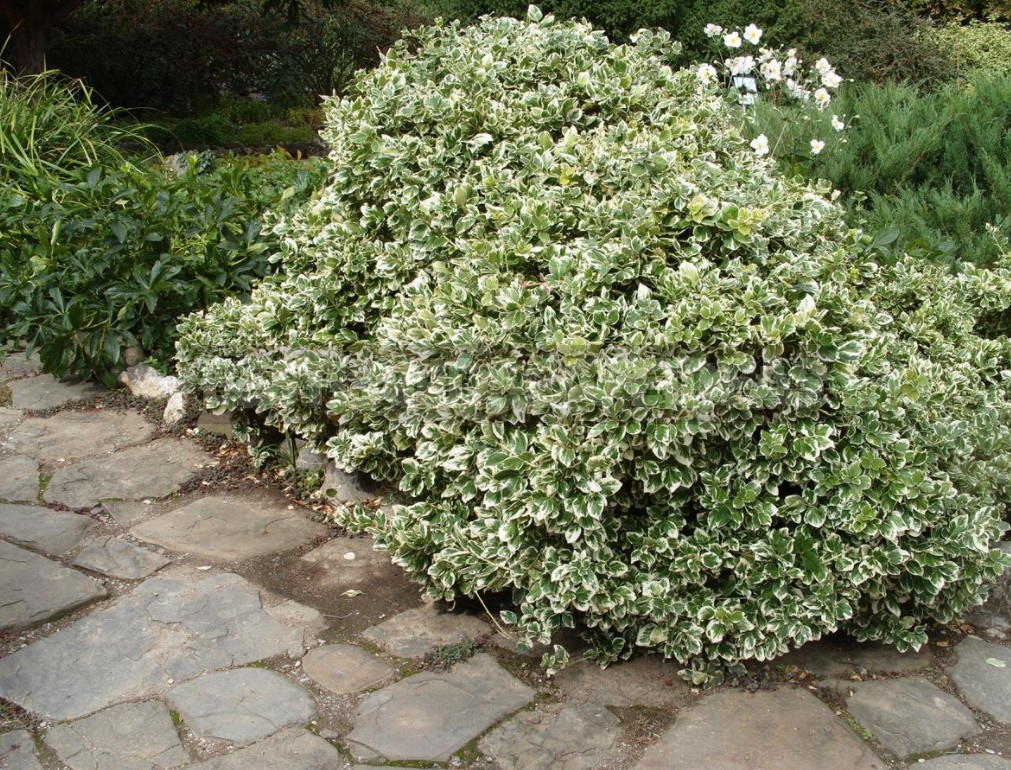
Euonymus will look great in the design of a low retaining wall (variegated varieties – in the masonry of the southern, south-eastern and south‑western exposure). It is also suitable for garden vases and containers. The soil must be kept in a loose state at all times.
Euonymus Care Features
In the first year of planting, regular watering is required. It responds well to fertilizing with a complex mineral fertilizer at the beginning of the growth of shoots. Pruning consists in shortening the strong-growing and green (in variegated varieties) shoots. Euonymus is propagated by cuttings in the spring.
Jasminum
Among Jasminum, 4 species are ideal as basket plants — J. beesianum, J. nudiflorum, J. officinale, J. mesnyi, syn. J. primulinum.
USDA winter hardiness zones for J. beesianum-7a-11, J. nudiflorum-6-11, J. officinale-7-10, J. mesnyi-7-8. It turns out that only in the southern regions they can be used in the landscaping of low and medium retaining walls, where they will look chic.

Features of jasmine care
In the middle zone and to the north, it is better to grow jasmine as seasonal ampels in containers, hanging baskets. Especially beautiful in them will look elegant J. beesianum and J. officinale. For the winter, containers with plants should be placed in a non-freezing bright room with low positive temperatures within +5…+10°C. In stationary tanks, the best soil substrate will be a mixture of turf, humus, leaf and sand, taken in a ratio of 2:1:1:1.
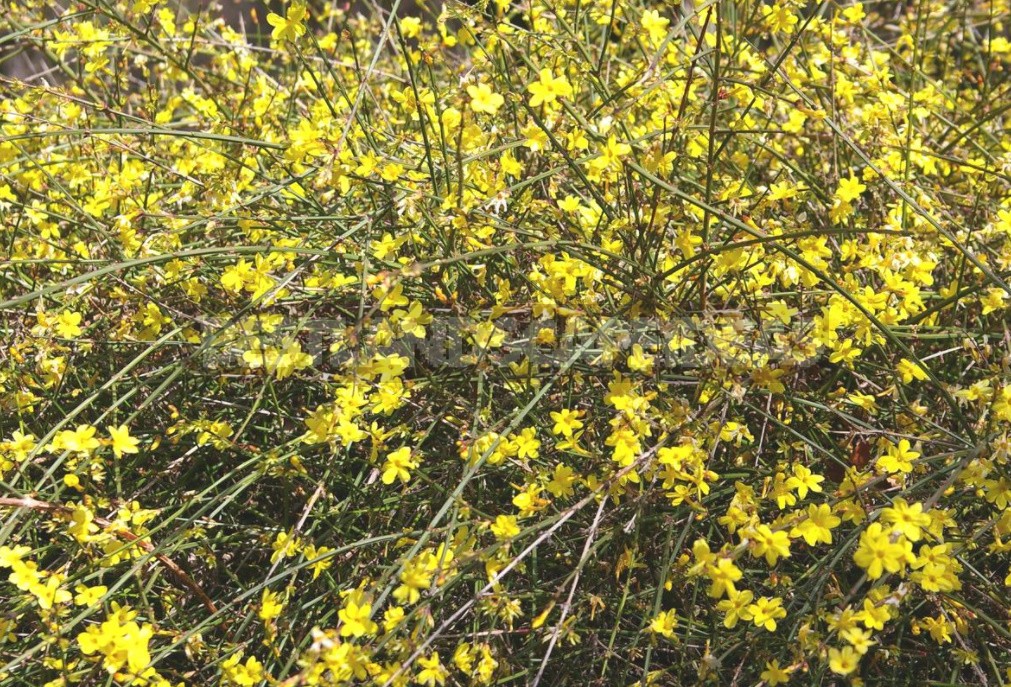
All jasmine plants are watered regularly in the first year of planting, and from the second year — as the topsoil dries. At the end of winter, fertilizing is carried out with a full mineral fertilizer. As a rule, in the first 3 years, in the fall, all shoots are shortened by 1/2 length. In the future, they are limited to pruning shoots — strong-growing ones that protrude beyond the desired contour, and dry ones that are weakened inside the crown. In the south, in the open ground, 1 time in 10 years, pruning is carried out on a high stump. Propagated by cuttings and root offspring.
Lonicera
From lianas in our case, Lonicera x americana, L. japonica, L. etrusca, L. periclymenum, L. sempervirens, L. caprifolium and others are suitable. Of the prostrate species-L. pileata, J. L. nitida. By the way, the latter is a typical lianoid.
According to the USDA hardiness zones, they are distributed as follows:
- Lonicera x americana-5a-8,
- L. japonica-4-9,
- L. etrusca-6a-11,
- L. periclymenum-4-8,
- L. sempervirens-4-9,
- L. caprifolium-5,
- L. pileata-4-8,
- L. nitida-6-9.
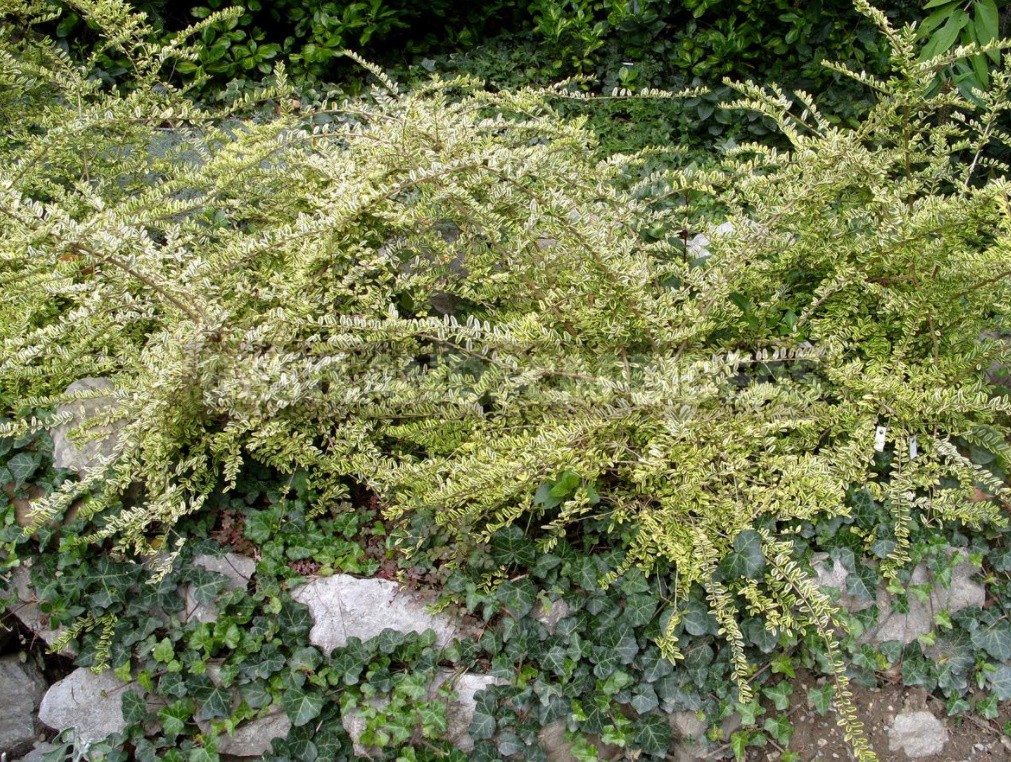
Features of Lonicera care
In the south, on the retaining walls of the southern exposure, the climbing Lonicera is not quite good. They feel much better on the masonry of the south-western, south‑eastern location. Both climbing and prostrate species in the first 3 years after planting need loosening of the soil, regular watering (then-only as the top layer of soil dries), fertilizing with a complex fertilizer at the beginning of the growth of shoots. They respond well to frequent haircuts to maintain the desired profile. Old specimens are planted on a short stump before the spring growth of shoots begins.
Elaeagnus
Elaeagnus pungens is a typical evergreen lianoid up to 4 m tall and up to 5 m wide. In the absence of support, it grows in the form of a widely spreading bush with arc-shaped shoots, with support — in the form of a liana. The plant is native to Japan. The USDA hardiness zones for it are 7-9.
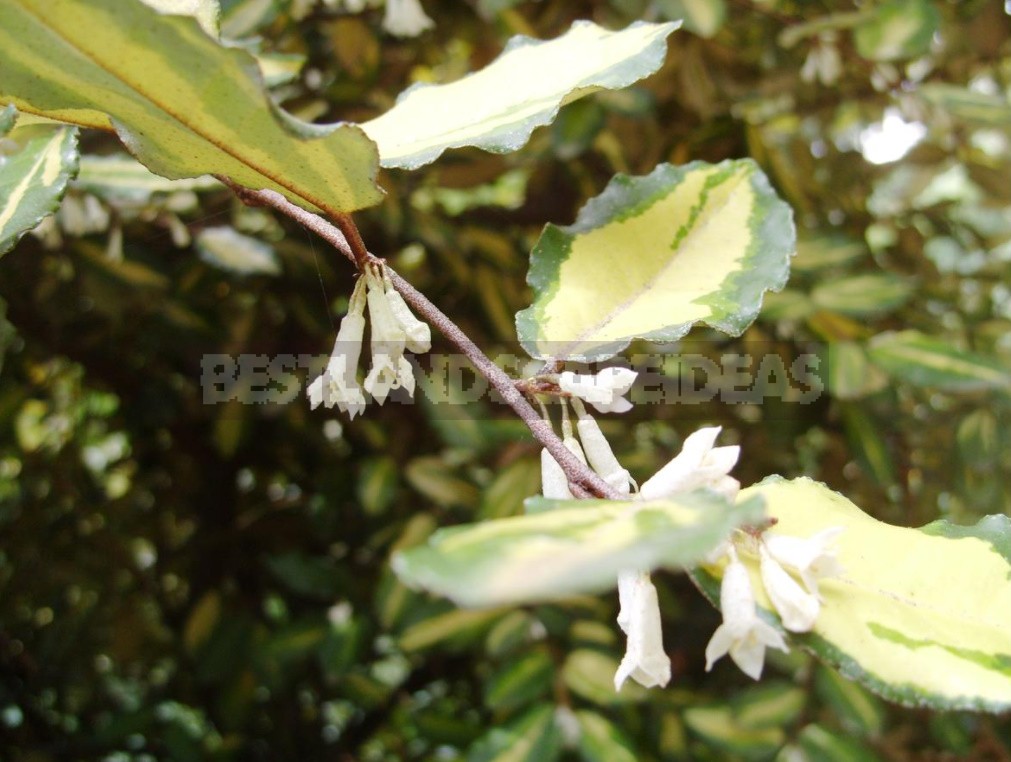
The leaves of Elaeagnus prickly are oblong-elliptical, up to 10 cm long. The flowers are silvery-brownish, bell-shaped, fragrant-with a honey aroma, collected in small-flowered axillary bundles; they bloom in late autumn. The fruits are silvery-pink, oval; they ripen in March. There are a number of green-leaved and variegated cultivars.
Features of care for Elaeagnus pungens
This shrub is strikingly plastic-it grows on any soil and in any light. Propagate it with freshly picked seeds (the plant gives abundant self-seeding), and forms-cuttings in the spring. The following activities are required for all Elaeagnus.
- In the year of planting, regular watering is necessary: from the 2nd to the 5th year inclusive – as the upper layer dries, and from the 6th year-only in case of drought.
- In the first 5 years before the start of growth of shoots, fertilizing with a full complex fertilizer is necessary.
- No less important is the shortening of all strong-growing shoots before the development of side branches on them.
For variegated forms, it is also important to completely remove green-leaved shoots as they appear, so that the appearance of the plant does not deteriorate.
Other plants with flowing branches
In addition to the main candidates mentioned above, others can be used as basket.
1. Hypericum, shrub species-H. calycinum, H. olympicum.
2. Cotoneaster, creeping species-C. horizontalis, C. dammeri and others.

3. Lespedeza thunbergii will be the favorite of autumn.
4. Juniperus-creeping species.
5. Hedera — all types, shapes and cultivars.
6. Rosmarinus officinalis — Prostratus Group, ‘Riviera’.

7. Rosa-climbing, semi-climbing, groundcover.
8. Ceratostigma willmottianum; USDA hardiness-6-9.
And this is not the whole arsenal of basket woody plants. And you can add it in the comments.

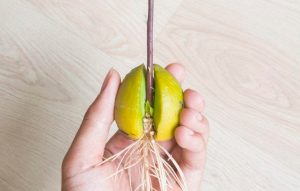

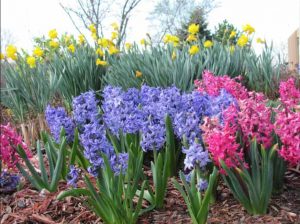
Leave a Reply